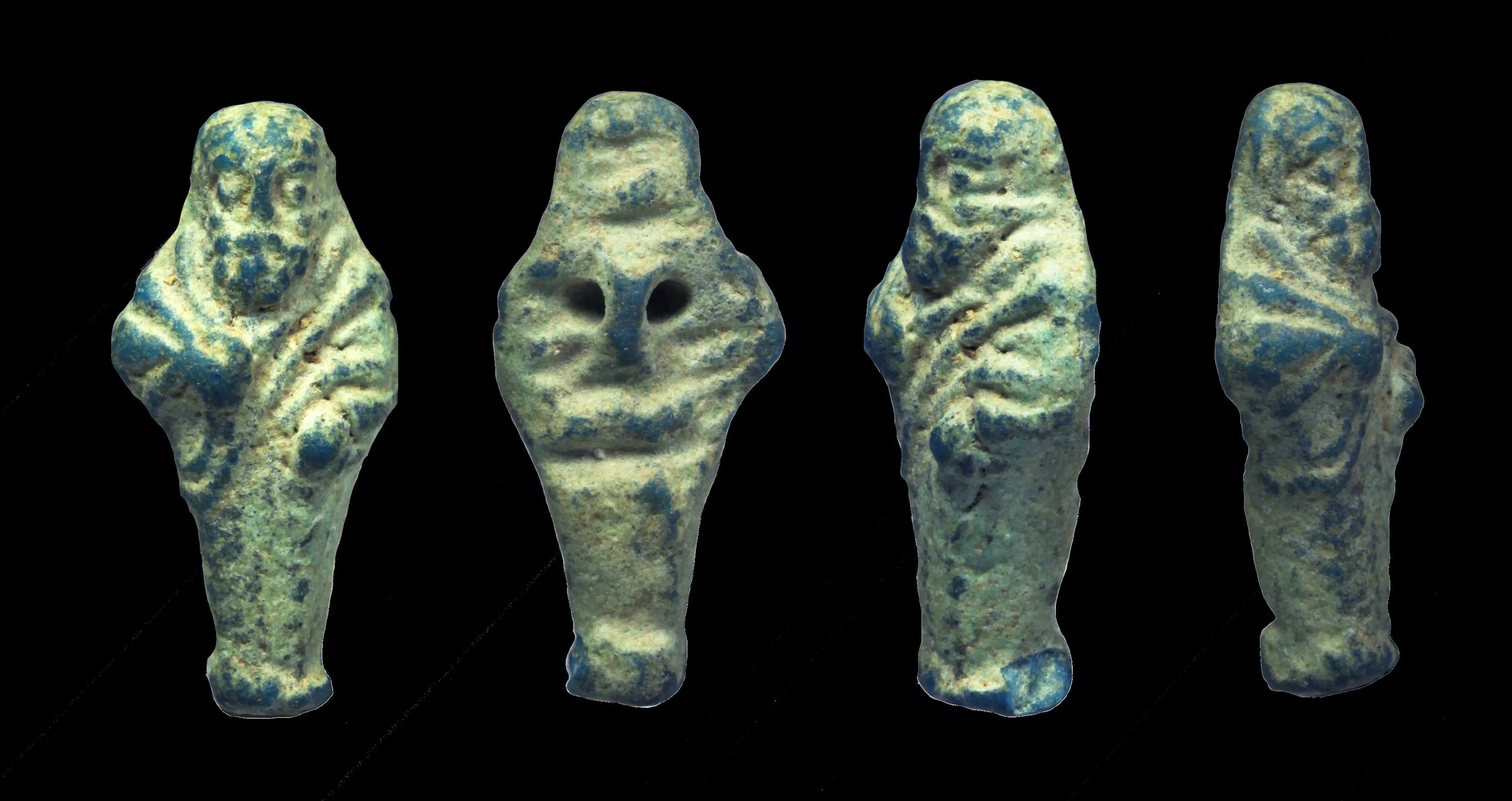Ancient Egyptian amulet Zeus-Serapis
Serapis, a fascinating hybrid god, bridged the gap between Greek and Egyptian cultures.
He embodied both the bountiful harvest and the promise of life beyond death.
In a stroke of political genius, Ptolemy I Soter, Pharaoh of Ptolemaic Egypt during the 3rd c. BC, established the cult of Serapis.
This new deity served a strategic purpose: to unify the diverse population of his kingdom, bridging the gap between the Greek and Egyptian cultures.
To solidify the Serapis cult as a symbol of unity within his Ptolemaic kingdom, Pharaoh Ptolemy I Soter ordered the construction of a magnificent temple in Alexandria, the Serapeum.
This grand sanctuary, along with others built throughout Egypt, became a focal point for the worship of Serapis, a deity carefully crafted to bridge the gap between Greek and Egyptian cultures.
Although Serapis was originally a god of the dead, Zeus-Serapis became the god of the sun, the god of healing, and the most powerful and important god.
The popularity of Zeus-Serapis continued into the Roman period and inscriptions honouring ‘Zeus Sun Great Serapis’ were common.
He was worshipped in particular at a large temple in Alexandria called the Serapeum.
Material : Egyptian blue
Size: 3,2 cm
Period: c. 300 B.C. - 50 AD
Provenance: Dutch collection, collected in 1980’s.
Acquired in auction The Netherlands 2024
Price € 300,—

